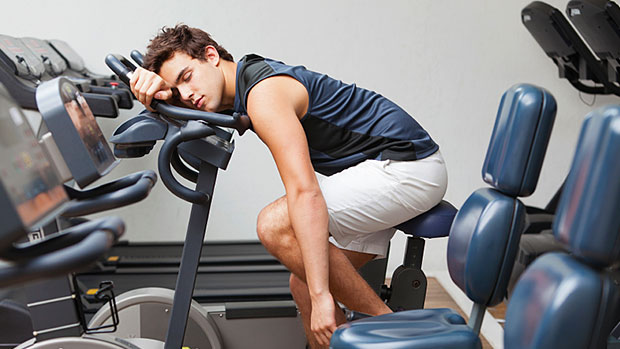The Importance of Rest and Recovery
Posted on April 20th, 2018 by Andries Lodder
In today’s world of competitive sports all athletes are searching for a competitive edge. Some spend an extra few hours in the gym or practicing their techniques. Others ensure their training is as sports specific as possible. However, how many are optimizing their recovery sessions and rest time?
Rest and recovery are seen as the ‘forgotten training component’.
This is because most athletes understand the importance actual training plays in their performance. However, few understand the important role that recovery, rest and sleep play. When it comes to strength, conditioning and practice sessions athletes and many other individuals plan their training weeks and days meticulously, understanding exactly what they need to put their bodies through in order to excel on game day.
On the other side of the training they are doing is recovery. However, many athletes fail to schedule into their programs; massages, short power naps, ice baths, rest days, and post season time off. Deep down they know their body needs to recover but when it comes to taking a day off or resting they feel guilty and so they continue training.
What athletes need to understand is that adaptation and gains in strength, power and technique don’t occur during a heavy training session. Rather it is during the recovery after the session and rest when the adaptations occur. Rest is physically necessary so that muscles can repair themselves, rebuild and strengthen. It is during this time that energy stores are replenished and repairs take place. Without adequate rest the body is in a constant state of overtraining. If in this state for too long there is risk of the person developing overtraining syndrome.
Rest and Recovery can also be split into two categories:
Short term recovery:
This occurs immediately after an exercise session. It can consist of the short low intensity exercise, known as Active Recovery, replenishing the bodies energy and fluid stores by eating and drinking a post exercise meal and drink. The use of recovery techniques involving the removal of chemicals and fluids that build up during exercise are also used here. Sleep and sleep quality are also an important factor that needs to be considered for short term recovery. After all training sessions, especially hard/intense sessions the quality of sleep that an athlete gets has a massive effect of their recovery.
Long term recovery:
This is more the recovery that is built into a full training season. It includes rest/recovery days in each week, taper weeks, rest blocks and post season time off. All these factors play a role in an athlete’s overall recovery.
If not managed correctly both short and long-term recovery can have detrimental effects on an athlete’s competitive career, performance levels and overall health and wellbeing.
So how can rest and recovery be incorporated?
Sleep
Athletes should include short power naps between 10-20 minutes into their day following or between training sessions to help and encourage their bodies natural recovery processes. They should also aim to get between 8 and 12 hours sleep every night to allow their bodies to fully recover from the days training and prepare then for the next.
Nutrition and Hydration
Athletes should follow an individualized diet that takes into account their specific caloric needs. They should also ensure that they eat at the right times in the day taking into account the goals of each training session and ensure that they replenish and remain hydrated throughout the day by drinking adequate water and when necessary sports drinks.
Stretching and Mobility
Athletes should ensure they include adequate stretching and mobilizing exercises into their training sessions. During their warm up including dynamic stretches and mobility exercises can help prepare the body for exercise and prevent injury. While including stretches after a session can assist in flexibility, as well as reducing tight and stiff joints, improving mobility, reduce muscle soreness and assist in short term recovery.
Recovery Techniques
Heat, ice, compression, massage, and other specific techniques have been shown to help speed up and improve athlete’s recovery from strenuous training sessions. By reducing inflammation, improving circulation and assisting in muscles repair techniques such as sports massage, compression boots and ice baths can be used by athletes to help assist their bodies in dealing with the demands of training and improving their recovery times.
Athletes need to understand that with greater levels of training comes a greater need for planned rest and recovery sessions and periods within their training schedules. Remembering that fitness and strength isn’t acquired in the gym, rather it is when the body is allowed to recover that results and adaptation take place and present themselves. Dedicating specific time to recovery can help give all athletes the competitive edge they are looking for, increase their performance, lengthen their careers and keep them injury free.
For more information and to make use of our recovery techniques don’t hesitate to contact us.
Tweet
